The King Prajadhipok Museum is dedicated to the legacy of King Prajadhipok, also known as King Rama VII, who ruled Thailand from 1925 to 1935. His reign marked the end of the absolute monarchy in Thailand, making it a significant turning point in the nation’s history. The museum showcases artifacts, photographs, and documents that highlight his contributions and challenges during a transformative period. Visitors can explore the intricacies of his reign and the political landscape of Thailand at the time. This historical site offers a unique glimpse into the past and is a must-visit for those interested in Thai history and monarchy. Through engaging exhibits, the museum captures the spirit of an era that paved the way for modern governance in Thailand.
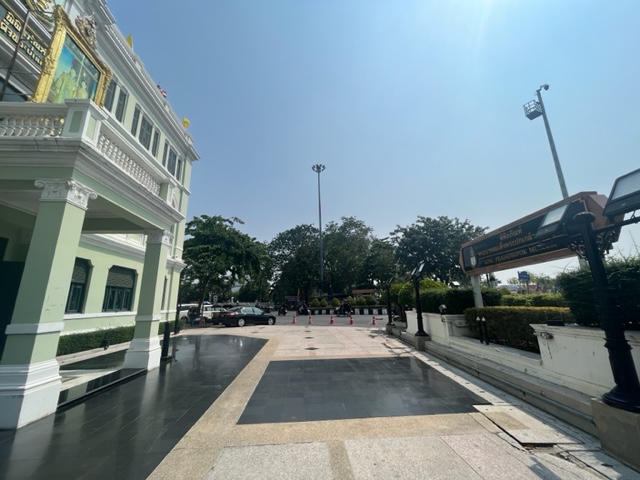

The King Prajadhipok Museum serves as a tribute to one of Thailand’s most pivotal monarchs, King Prajadhipok, who ruled from 1925 to 1935. His ascension to the throne brought forth a series of changes that would alter the course of Thai history. Though his reign lasted just a decade, it was marked by significant political transformations and social reforms that challenged the long-standing traditions of absolute monarchy.
During King Prajadhipok’s rule, Thailand faced various domestic and international pressures that prompted the king to consider the modernization of governance. He recognized the need for change, which ultimately led to the establishment of constitutional monarchy in Thailand. This transformation was not without its challenges, as it met resistance from traditionalists who valued the absolute powers held by the monarchy.
The King Prajadhipok Museum houses numerous artifacts that tell the story of this remarkable period. Visitors can explore exhibits that include personal belongings of the king, historical photographs, documents, and interactive displays. These artifacts provide insight into King Prajadhipok’s life and the circumstances surrounding the end of absolute monarchy in Thailand.
In addition to showcasing the king’s legacy, the museum also addresses the broader historical context of the time. Through its carefully curated exhibits, the museum highlights the political movements and key figures who influenced the transition toward a democratic system. It emphasizes the significance of public sentiment and the growing calls for political reform.
As guests wander through the museum, they will gain a deeper understanding of the complexities of Thai history during the early 20th century. The King Prajadhipok Museum not only honors the king’s contributions but also encourages reflection on the ongoing evolution of Thailand’s political landscape. This institution serves as an important educational resource for those looking to appreciate the
พิพิธภัณฑ์พระบาทสมเด็จพระปกเกล้าเจ้าอยู่หัว (กรุงเทพมหานคร (กทม.), ไทย) - รีวิว - ThailandAgoda.com
Attractions
6 miles

0.00 miles
0.05 miles

0.08 miles
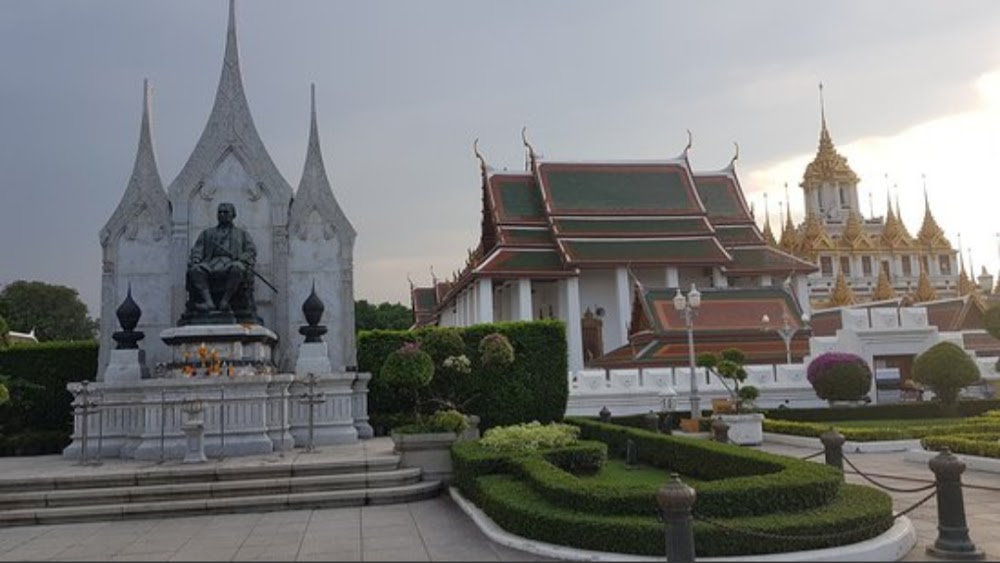
0.10 miles
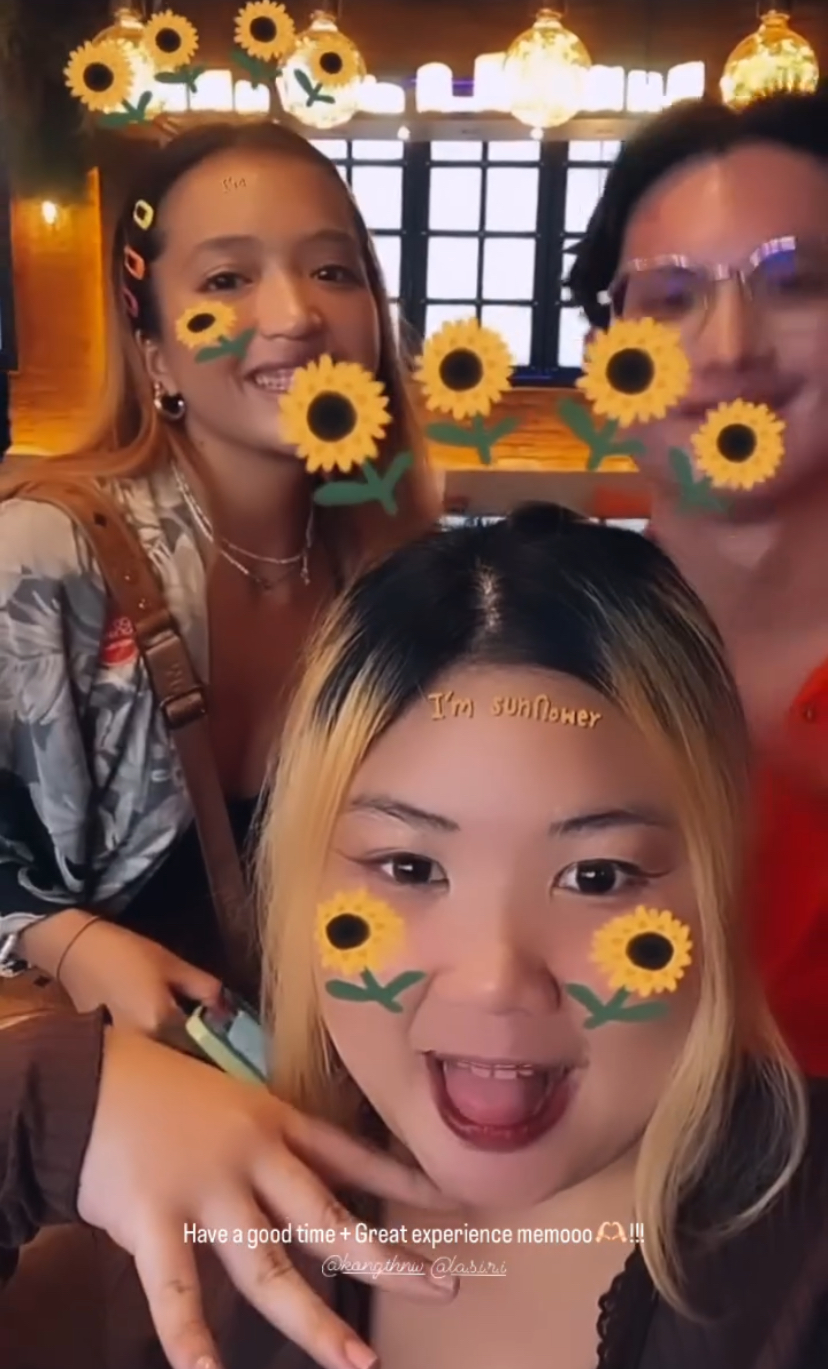
0.11 miles

0.13 miles
0.23 miles
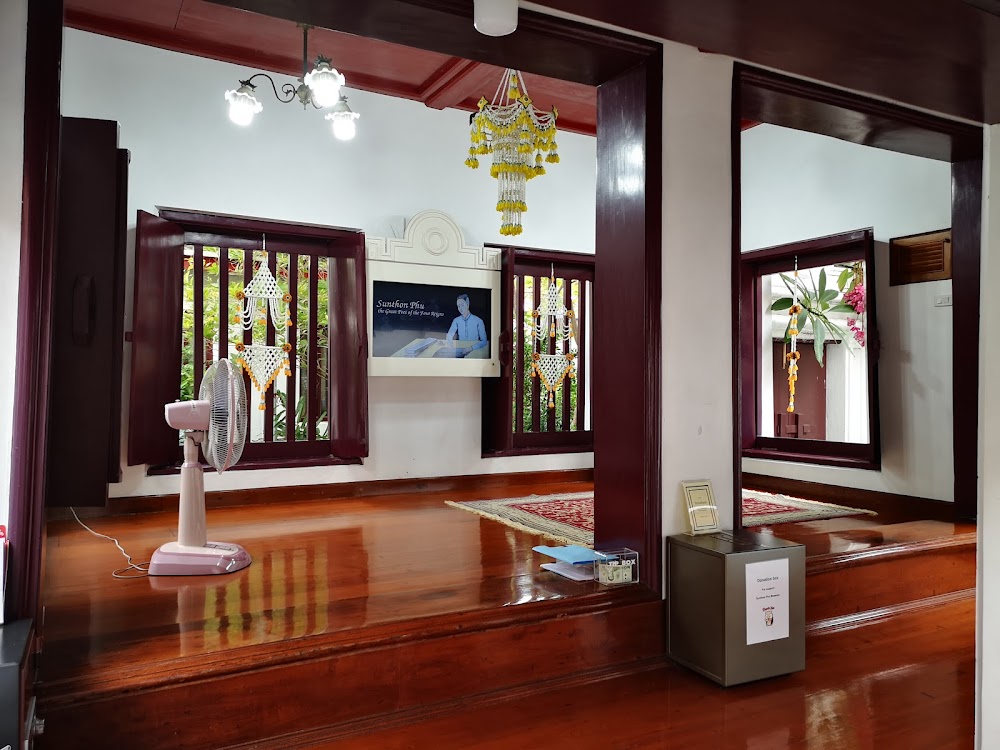
0.23 miles
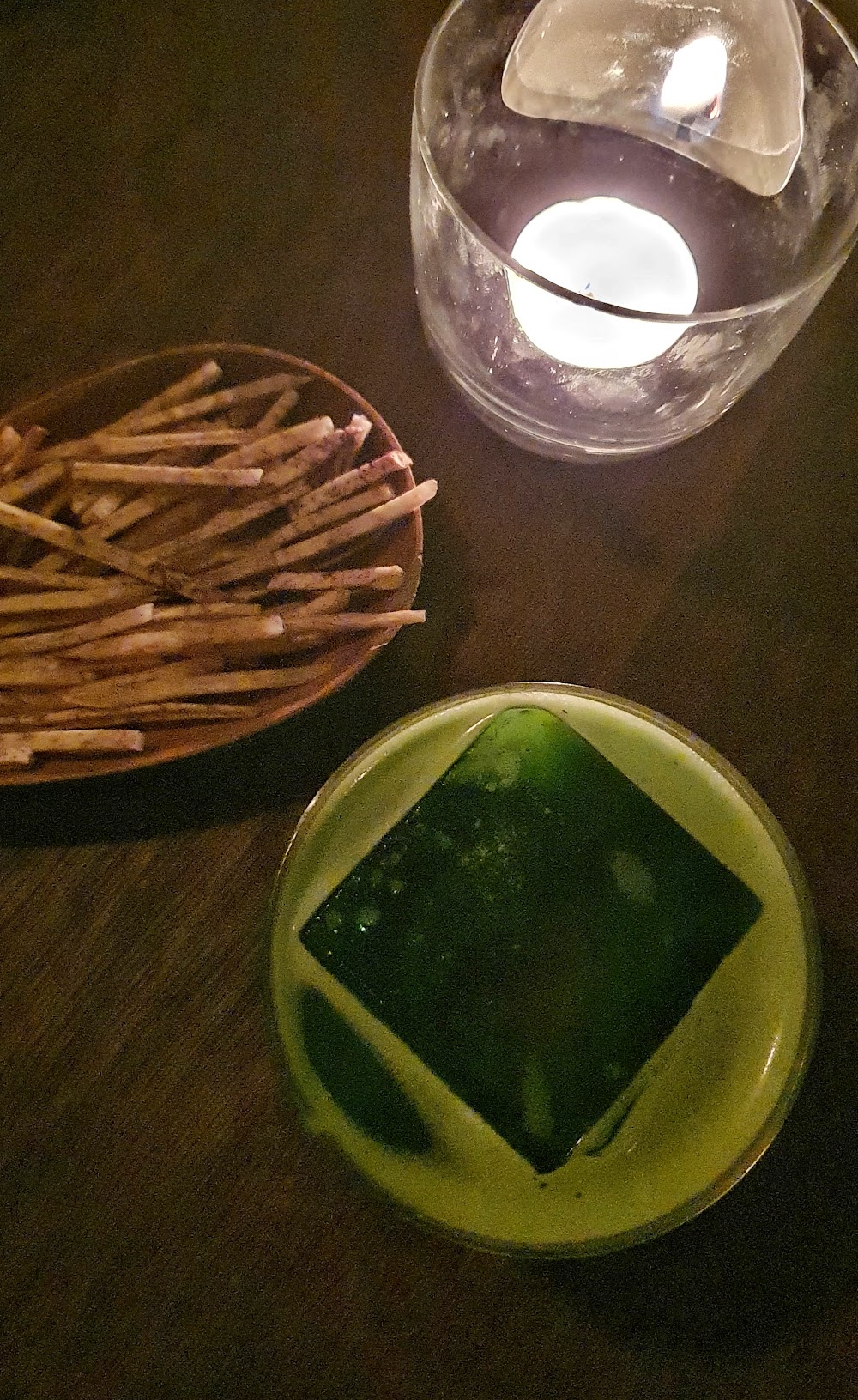
0.26 miles
0.28 miles
King Prajadhipok Museum is perched on a picturesque hilltop overlooking 2 Lanluang Rd. Registered Heritage Building, Phanfalilat Bridge, 10100, Thailand
You can reach out to King Prajadhipok Museum at 662-2280-3413 for any inquiries about your visit or special events.
For further information or queries, you can email King Prajadhipok Museum at [email protected].
This place has a lot of pictures! And I mean a lot! It highlights the story of King Prajadhipok, his early years, right to his ascension and then abdication and death. It is a pleasant place to visit but not if you are wanting to see an artifact of sorts.There was only a handful of visitors when I was there. Staff was very polite. And I researched somewhere that fees had to be paid. However, it was free when i went. If you are first or second time visitor to bangkok, skip this place as there are other more interesting sights to see. But if you are a frequent visitor to Bangkok, this museum offers yet another experience as a seasoned traveller.
Spread out over three floors, the King Prajadhipok Museum follows the life of it’s namesake from birth to coronation, and through to his death.With a very large collection of mostly photographs, this museum gives visitors a glipse of what Royal life was like. Not a must-see attraction by any means, but if you are already in the area, or have a bit of time to spare, then this museum gives an insight into the life of the Royals, that vising temples or the grand palace won’t be able to give you.Also doesn’t hurt that it’s nicely air-conditioned inside, a welcome respite from the midday heat outside.
Thailand has gone through a tough time the last few years. This museum helps to put current difficulties in context by pointing to the life and reign of King Rama VII (know during his lifetime as King Prajadhipok). Prajadhipok was King of Thailand 1926-35, during which time he continued a vigourous project of modernization and openess to the West against a background of economic downturn. The task was a herculean one. In later years Prajadhipok had to deal with calls for an end to absolute monarchy, and eventually, a coup by members of the armed forces in 1932, followed shortly thereafter by the granting of Thailand’s first constitution. The creation of a democracy is never easy. Prajadhipok ultimately came to loggerheads with the new government, left Thailand, and wound up abdicating in 1935. He spent the remainder of his life in exile in England. This museum contains lots of fascinating details and memorabilia about his early life, training in England and France, marriage to Queen Rambai Barni, his reign as king, conflict with the coup plotters, and ouster. If the relations between a former absolute monarch and usurping democratic activists could be fraught, at least they’re dealt with relatively candidly here. Of course, more could have been done to detail Prajadhipok’s efforts pre-1932 to introduce democracy by means of municipal elections. Still, this is definitely NOT a run-of-the-mill museum. The displays are excellent and the English translations, for the most part, superb. Through them one gets a sense of the lives of real people – however privileged – confronting considerable problems. Heavy indeed is the head that wears the crown. A well done effort to chronicle a difficult, turbulent time in modern Thai history. Of note as well are the sections dedicated to Prajadhipok’s life after his abdication and Queen Rambai Barni’s works following his death in 1941 until her own passing in 1984.
This museum is in a very nice and well renovated late 19th century building. The key figure is King Prajadhipok, also known as Rama VII and how he was deposed as an absolute monarch in 1932. Through photographs and text you learn a lot of Thailand’s history, how in the mid 19th big colonial powers like France and the UK basically bullied Siam, invaded parts of it and imposed difficult commercial conditions for Thailand (then Siam). Through King Prajadhipok you can understand how was the transition to a modern constitutional monarchy in Thailand. You also get a glimpse of late 19th and early 20th century Thai living conditions and how this King was keen on a democratic transition in Thailand, but later than when it happened. The character, the pictures, and the historical photos reminded me a little bit of “The King and I”.
Prior to visiting this museum I had not heard of King Prajadhipok. Although his life was cut short a way too early of an age, it was his forward thinking ideas such as compulsory education and a democratic government that has helped shape the Thailand we know today. The museum building, dating back to 1906 was once a Public Works building. The structure itself both inside and out is an attraction unto itself – obviously well preserved, maintained and refurbished. There are three levels inside. They contain photos, mementos, artwork, clothing, furniture, etc. of the King and Queen. The story of his life is exceptionally well laid out in chronological order from his birth to his death. Of particular interest are of his travels overseas to learn about how other democratic governments operated and to see how expanding a country’s middle class (at the time Thailand has virtually no middle class) played an important role in its success on the world stage. The entrance fee is free. I spent almost three hours here – and saw only two other people. If you’re tired of looking at temples and want a break from the heat, I recommend spending an afternoon here.
This museum covers King Prajadhipok’s whole life and has many items that pertain to his life. The displays are informative and are arranged in an appealing fashion. The museum aided in my understanding of Thai history during the first quarter (plus) of the 20th century.
A small museum, a little bit difficult to find. The displays are only on the third floor and reflect the teachings of this king. The displays are about sovereignty and the rule of law, and diversity in a democratic society. Seems particularly relevant in North America at this time! 😊 “Sovereignty comes from the people. The monarch exercises that power but by the provisions of the Constitution.”
Only some 300m north of Wat Saket, I would recommend a visit to this museum.Located in a beautifully restored buildings, it presents excellent details (with extensive English language provided) of the life and times of King Prajadhipok and his Queen. Learnt a lot here and throughly enjoyed the experience.There is no charge to enter and the staff are super-friendly. They certainly give you a warm welcome to the museum.It is very easy to spend a couple of hours here.
More people need to know about this museum.across the street from the Queens gallery and with free entree, it really should be on everyones must do in Bangkok list.I had no idea this place existed, I only saw it on my way to the queens gallery.Curating/celebrating the life of the first/only Thai king to abdicate? it timelines with great intimacy his too short life, he died in his early 50s. and the puslse of Thailand during his reign
We read that this is a hidden gem so we plan for a trip here when we spent our 5D5N BKK 2+ weeks ago.King Prajadhipok Museum under King Prajadhipok’s Institute is presently situated at the former office building of Department of PWT & Country Planning. We have arrived from The Golden Mount and reached after a 15 mins walk. It is exactly on Panfa Leelard Intersection with a wide frontage (attached some photos), a grand neocolonial-style building.The friendly staff ushered us in and we even record our visit here on a record-book. The building was built between the reign of King Rama VI and King Rama VII and restored to be a museum displaying the photographs, documents, and royal records in remembrance of His Majesty King Prajadhipok and Her Majesty Queen Rambai Barn. The old photos and memorabilia are carefully assembled to illustrate the Life of Rama VII (King Prajadhipok; r 1925–35), Thailand’s last absolute monarch.Thailand’s monarchy ended in 1932 and Prajadhipok’s reign eventually ended when he abdicated while he & the Queen were in England (1935). He died there in 1941.The displays are only on the third floor and reflect the teachings of this king. . The displays are informative and are arranged in an appealing fashion..We got to know more about the life of King Prajadhipok as well as the development during his times. And definitely helped in our understanding of Thai history during the first quarter (plus) of the 20th century, a turbulent period with both WW1 & The Great Depression.Very meaningful visit for us as we spent close to an hour looking through the various information. Glad we made the trip here indeed.